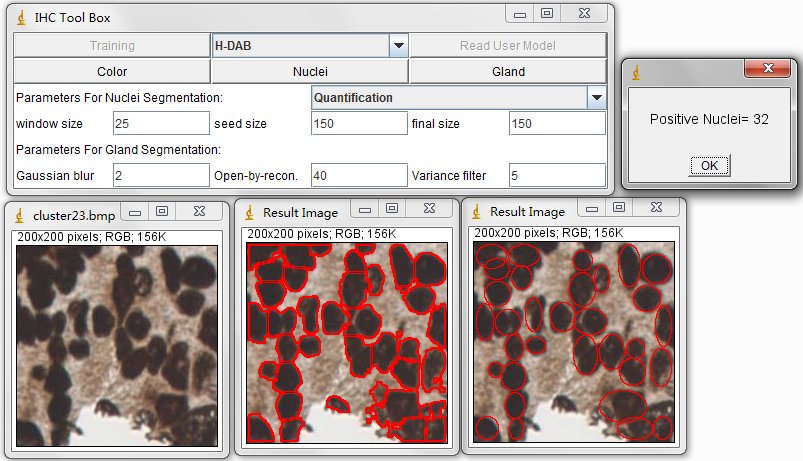

The mixture of mes cells and feeder cells were stained with either anti-nanog-alexa Fluor 488 (clone ebiomlc-51, ebioscience, San Diego, CA) or anti-sox2-alexa Fluor 647 (clone O30-678, BD Biosciences, San Jose, CA). The mixture of differentiated cells and mes cells were stained with myosin heavy chain-alexa Fluor 488 (clone MF20, ebioscience, San Diego, CA) and anti-sox2-alexa Fluor 647 (clone O30-678, BD Biosciences, San Jose, CA) (Figure 3). Using a Biomek 4000 Laboratory Automation Workstation with multi-probe tool, the mixed cells were fixed and permeabilized with PerFix-nc reagents (B10825, Beckman Coulter, Inc., Brea, CA). Then mes cells were mixed with either pooled differentiated cells or feeder cells (Invitrogen), and seeded into 96-well imaging plates and allowed 24 hours to attach. A B C 2Ĥ Technical Information Bulletin mes Cells and Cardiomyocytes Characterization Differentiated cells were harvested on Day 8 using Accumax (Millipore, Billerica, MA).

E) Screen shot showing the custom defined antibody transfer step, where users can define the antibody locations manually. D) Screen shot showing the reagent volumes based on the parameters from the User Interface.

C) Screen shot of User Interface, where users can customize all the parameters, including reagent volumes, washes, incubation times and antibody information, etc. Tools, labware and tips are located as indicated. Users can freely choose the sample wells on a 96-well plate format. A) Screen shot of the Define Pattern step in the automation method. Automated cell staining method on the Biomek 4000 Laboratory Automation Workstation. IB-17784AĢ Automation of Cell Staining Figure 2. Workflow of automated microtiter plate-based cell staining process. Figure 2 shows the configuration of the Biomek 4000 Laboratory Automation Workstation used for cell staining experiments. Biomek 4000 Laboratory Automation Workstation Configuration Figure 1 shows images of the instruments used in this information bulletin. Cells were harvested by Trypsin and dispensed into 96-well plates for processing. Control mes cells were treated in parallel without differentiation factors. After Day 6, a portion of the adherent cells showed visible contraction. Embryoid bodies formed by Day 5 were transferred to gelatin-coated 96-well plates in 100 µl fresh media. For differentiation, cells were cultured in 15% FBS without LIF in a 384-well round bottom polypropylene plate (Nunc, Roskilde, Denmark) in 40 µl differentiation medium (various treatments for 0 to 5 days). Materials and Methods mesc Culture and Differentiation Mouse embryonic stem (mes) cells (Invitrogen, Carlsbad, CA) were maintained in growth media containing leukemia inhibitory factor (LIF) and 15% knockout serum replacement (KSR). Automation protocols using the Biomek 4000 Laboratory Automation Workstation were developed using PerFix-nc fixation and permeabilization reagents with a no-wash protocol that provide a well resolved and reproducible detection of intracellular markers in murine embryonic stem cells and differentiated cardiomyocytes. The cardiomyocyte model resembles approaches used for the differentiation of other cell types. Applicability is demonstrated using mouse embryonic stem cells (mescs) to detect the expression of developmental antigens in fixed cells following differentiation to cardiomyocytes which is relevant to stem cell biology research. Development Scientist, Beckman Coulter Life Sciences, Indianapolis, IN Abstract Automation with the Biomek 4000 platform can improve the throughput and reproducibility of conventional staining of adherent cells. 1 Automation of Cell Staining Technical Information Bulletin Automation of Cell Staining Using the Biomek 4000 Laboratory Automation Workstation Amy N.


 0 kommentar(er)
0 kommentar(er)
